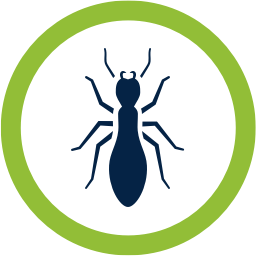Pest Control Essex is a good job to safe nature. There is more consideration have to take measure for the better understanding and easy work.
Five main considerations decide if a pesticide will arrive at groundwater:
1) pesticide client rehearses, 2) the presence or nonattendance of surface water where the pesticides are delivered, 3) the synthetic attributes of the pesticides, 4) the kind of soil in the site where the pesticides are delivered, 5) the area of the groundwater – its distance from the surface and the kind of land arrangements above it. By monitoring these contemplations, you can deal with pesticides in manners that will make the potential for groundwater pollution more uncertain.
Rehearses for Pesticide Users
The most effective way to hold back from polluting groundwater is to follow marking bearings precisely. Make certain to note whether the marking expects you to find any unique ways to safeguard groundwater.
What’s more, recollect the following:
- Keep away from the compulsion to utilize more pesticides than the naming coordinates.
- Ingesting too much will increment both the expense of bother control and the chances that the pesticide will arrive at groundwater. Ingesting too much is likewise illicit. Downplaying the utilization of pesticides enormously lessens the gamble of groundwater defilement.
- Think about whether your application technique presents any exceptional dangers. For instance, soil infusion of certain pesticides may not be insightful whenever groundwater is near the surface.
- Play it safe to keep pesticides from back-directing into your water source.
- Find pesticide storage spaces at any rate 100 feet from wells, springs, sinkholes, and different locales that straightforwardly connect to groundwater to keep their defilement from overflow or firefighting water.
- Whenever the situation allows, find blend load locales, what’s more, gear cleaning locales no less than 100 feet from surface water or direct connections to groundwater. This will help forestall back siphoning, overflow, and spills from polluting the water sources. Assuming you should find one of these work destinations close to a water source, use strategies, for example, dams, sump pits, and control cushions to keep pesticides from arriving at the water.
- Try not to taint groundwater through ill-advised removal of unused pesticides, pesticide holders, or hardware and holder flush water. Discard all pesticide squanders as per neighborhood, state, ancestral, furthermore, government regulations.
Water on the Treated Surface
If there is more water on the dirt than the dirt can hold, the water (alongside any pesticides it contains) is probably going to move descending to the groundwater. Delayed weighty downpour or unnecessary water system will deliver overabundance of water on the dirt surface.
Downpour – If weather conditions gauges or your insight of nearby weather conditions signs make you anticipate weighty downpour, defer outside taking care of tasks – counting blending and stacking, application, also, removal – to forestall wash-off, surface spillover, or filtering.

Water system – Pesticide development into groundwater is impacted by both how much water is utilized in the water system and how soon previously or later a pesticide application the water system is finished. If water system water contains pesticides, watch out to keep it from streaming into water sources.

